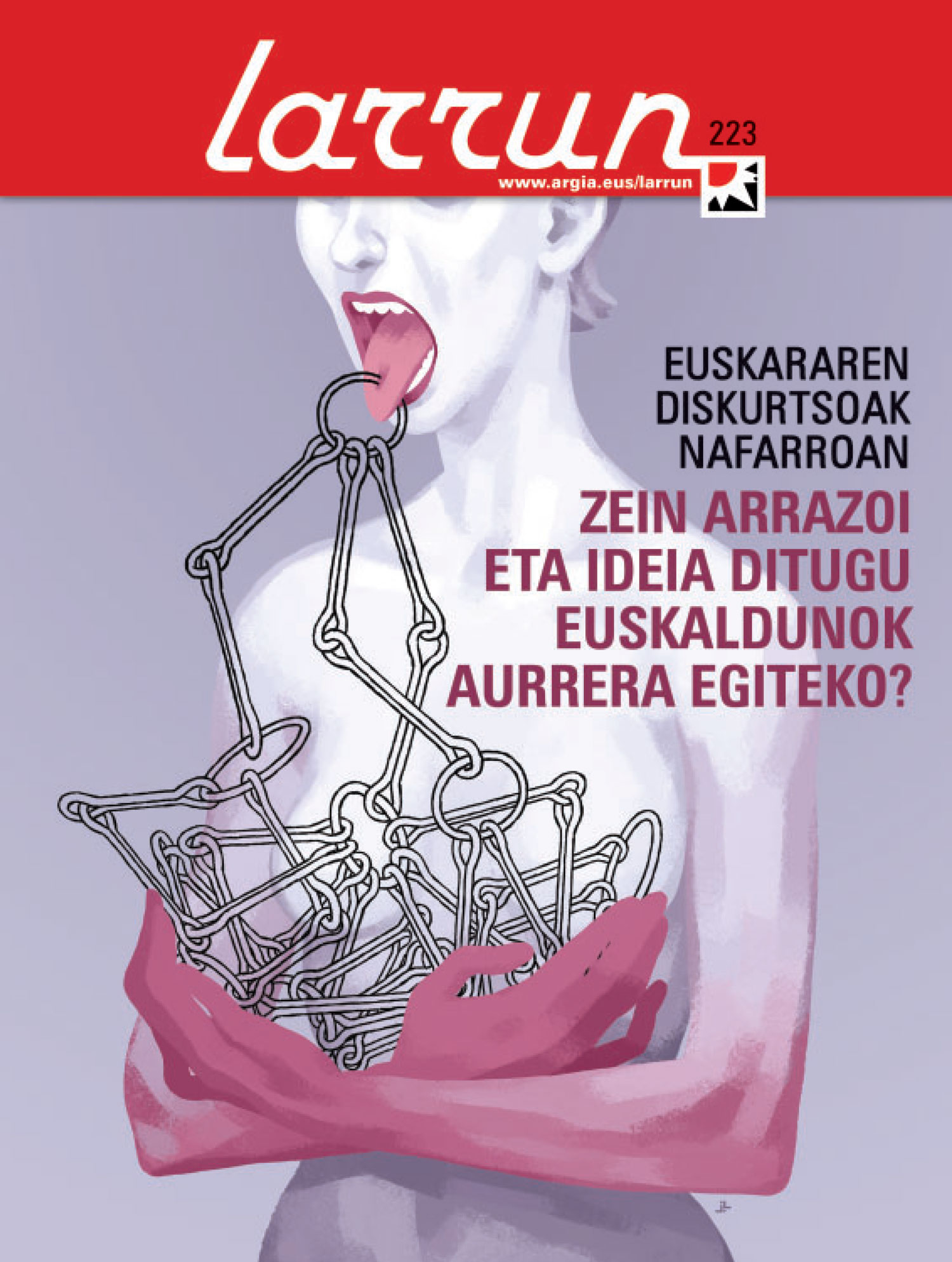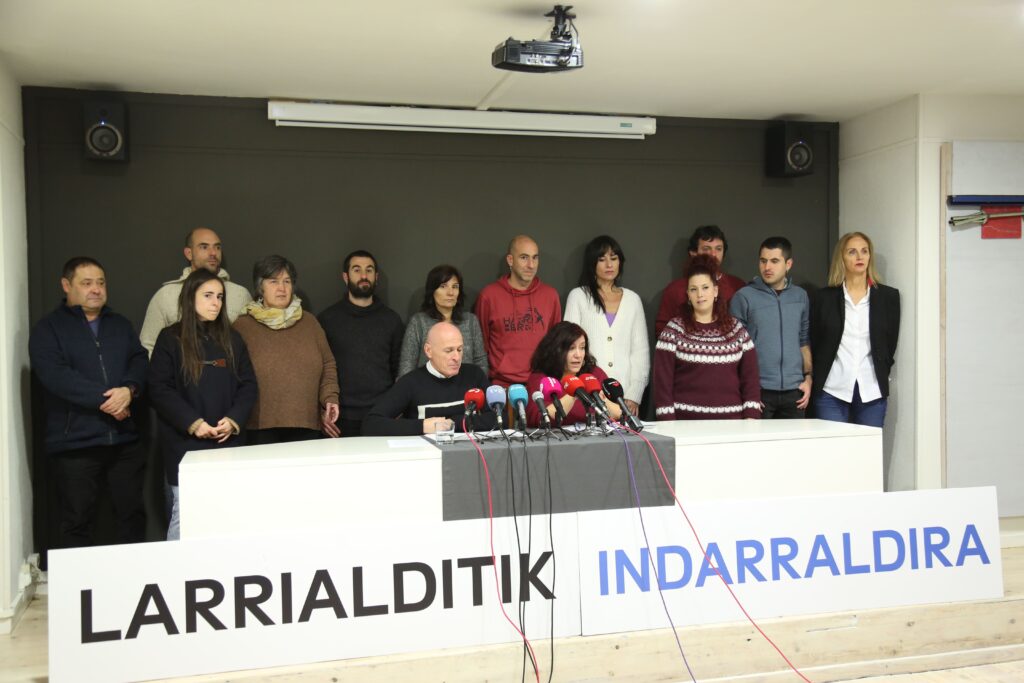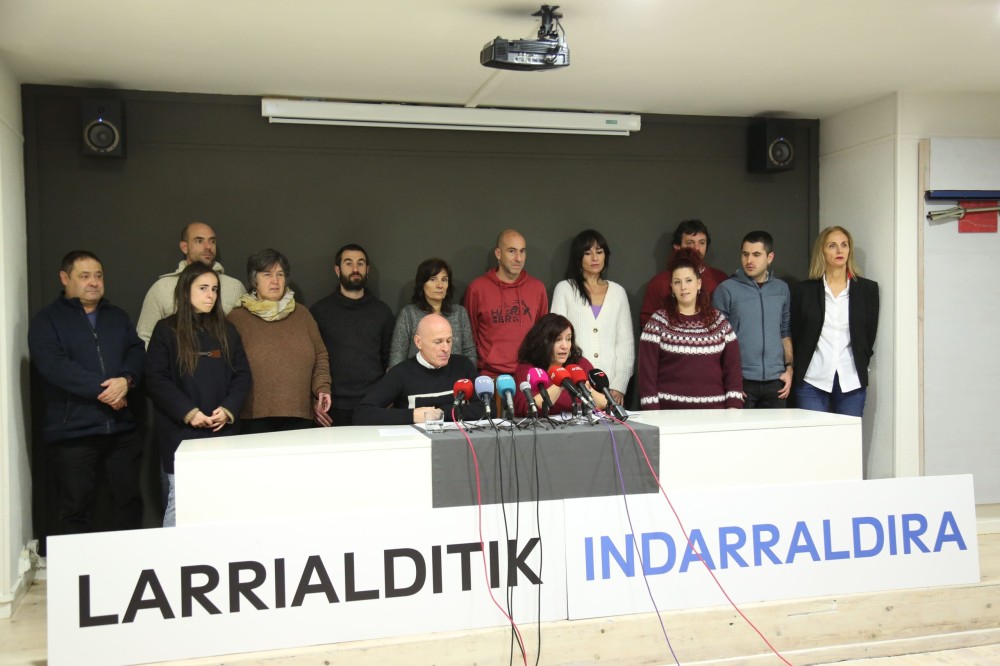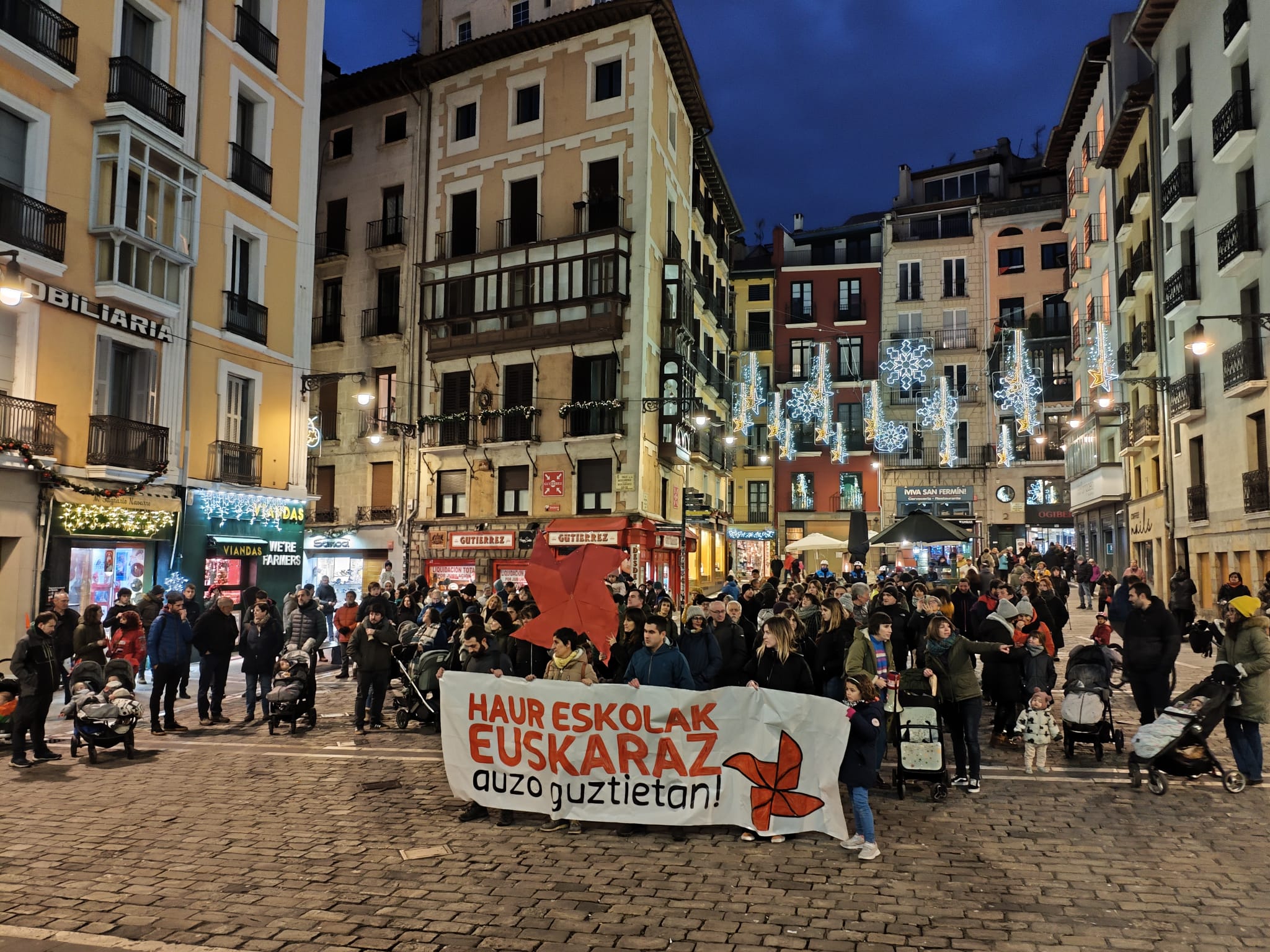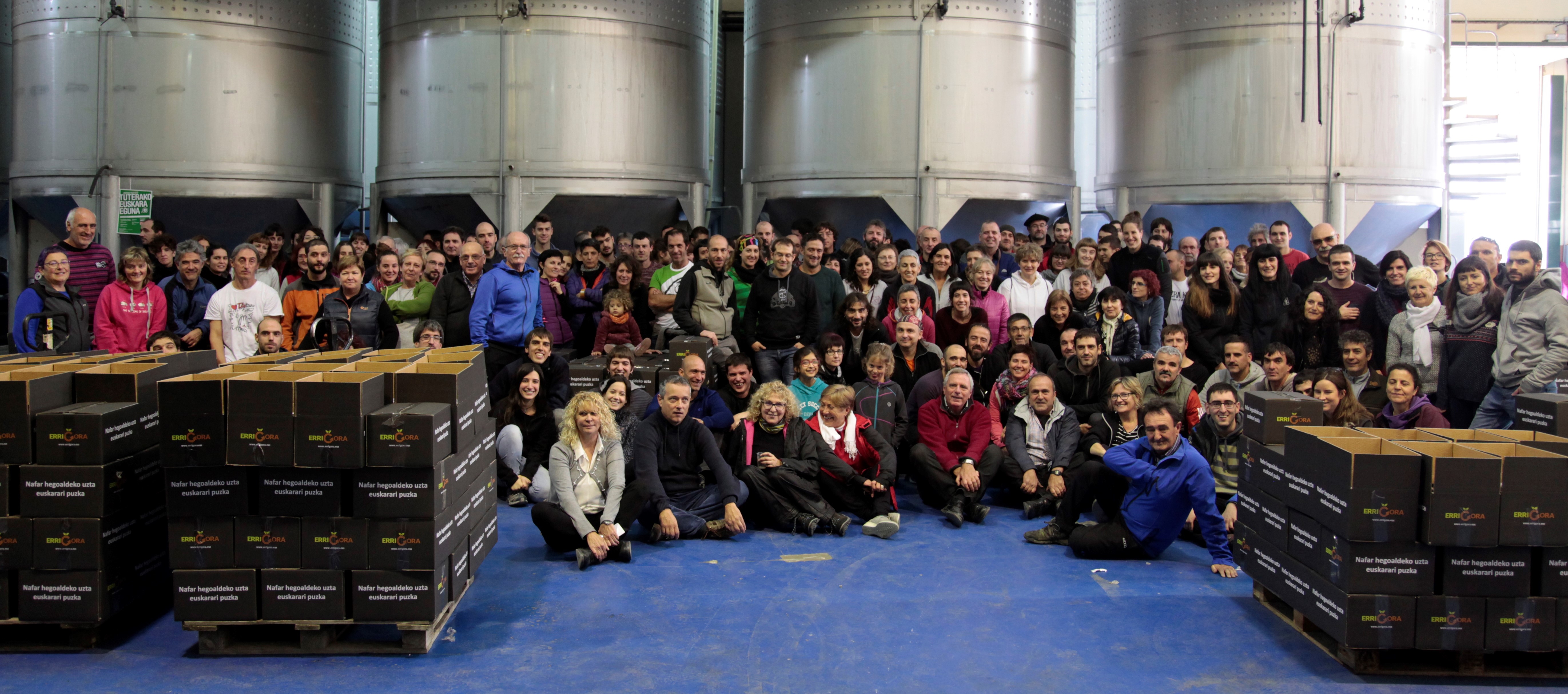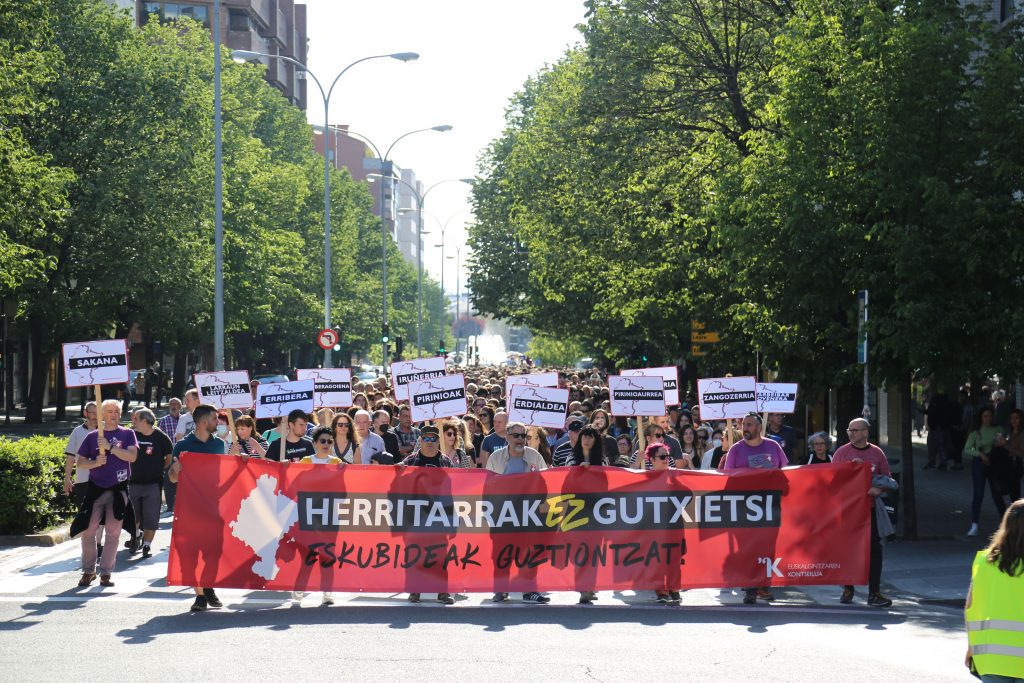Slogans and politics
- Following the attacks of 11 September 2001. Emergency room. Susan Buck-Morss writes Thinking Past Terror. This book did not refer to linguistic rights. Nor is it language policy. He made a critique of the Western left. Because I hadn't done the homework around Islam. Because the center of the world was believed. In times of crossroads. In crises. Those of us who want to participate in the transformation should imitate the impulse of Buck-Morss: to be militants of linguistic rights, conscious speakers, Euskaltzales, counselors, parents, grandparents, parliamentarians, teachers, people or president of Navarra.
Because "when hegemony is fenced, when the political landscape is attacked, there is little tolerance to the complexity of the meanings". And without that complexity. No localized or accurate readings. There is no progress possible. However, in almost all the debates in Nafarroa Garaia – and EH – this is a great absent: complexity: the dossiers are not elaborated and analyzed properly, it is much more convenient and practical to be repeating the same slogans for three or four decades. And in the meantime, the new courses, the registration campaigns, the Basque usage reports, the regulations.
Demography and language rights
We should look at demography before we start discussing any public policy.
The population of Navarre has grown considerably for 35 years. As a result, the number of adults and older people is increasing, the number of children is decreasing – only 26% of families have children. The birth rate per woman is 1.46, for zero growth it would be 2.1. Without the arrival of immigrants, the population of Navarre has been declining for a few years. And that is that the country is receiving fewer and fewer immigrants. The estimated population 2014-2029 is -0.2% (Instituto Navarro de Estadística).
Applied to the territory, the County of Pamplona is gaining population. The territories outside the centre of the Region of Pamplona are losing population. Applying these data to the three language regimes in Navarre, the conclusions are as follows: If in 1991 10.91% of the population lived in the Vascophony Zone, in 2011 it lived 9.25%; in the Mixed Zone it has increased from 52.28% to 56.39%; in the Non-Vascophony Zone, from 36.81% to 34.37%. These data do not take into account that in June 2017 44 municipalities moved from non-vascophony zone to mixed zone. 40,000 more inhabitants, therefore, the mixed area has a population of 400,000 inhabitants (Navarra has a total population of 644,000 inhabitants).
The figures of the Basque Country take place in the Region of Pamplona, the most dynamic demographic, economic and social area: that is where the Basque Country has the most speakers, there are the kalapitas of the linguistic policy generated (be they related to the children's schools of Pamplona, whether Cizur Menor wants to leave the mixed area, because the parents of a school want lines of the A and D model in two.
As for age (Socio-linguistic Survey 2011) – recalling once again that children are the smallest section of the pyramid – 30% of people aged 5-14 are bilingual, compared to 7.91% of people over 65. And the percentage of bilingual recipients is 16.46% between 5 and 14 years old and 6% between 65 and over. The data of Castilian speakers is more plastic: Between 5 and 14 the monolingual is 51%, while among those over 65 it is 84%. Euskera is a language of young people, of children.
A plastic data: Pamplona has 169,000 inhabitants over 16 years of age. Of these, 15,000 (9.1%) are bilingual, 9.3% are bilingual recipients and 81.7% are simple Castilian speakers.
Conclusion: work
As with demography, and in detail, we should look at all the axes that have to do with the present language – to what extent we can use them in our relations with public institutions, in the UfNA, in Vocational Training, in trade, how transmission works, how it relates to urbanism. Once the evolutions of all of them have been worked out, we should look at bilingual societies that may resemble our own (Valencia, Balearic Islands in particular, but also CAV, Catalonia or Galicia in particular). Think about how we can work the trenches there in our environment.
Only then would we have to work what we would like in the future, what discourse and strategy we want to get to where we want to go. In Ostantzean we can invent new slogans, but the reality and the practices and stories of the people in Basque and in the language studies will be thought and disseminated in other places: neither the Basque, nor the Basque.







